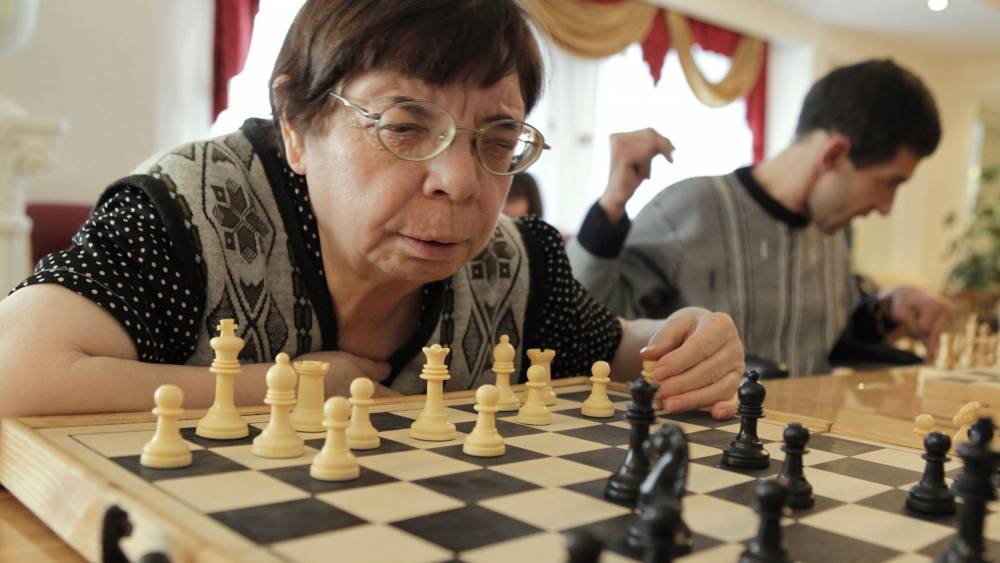
Too often improving the meal service can seem like winners and losers in a Chess game, with some moves knocking out the other side (staff, residents, family) and unintentionally compromising other parts of the meal service (quality, safety, compliance).
Each “move” or idea should progress the service forward, without unintended consequences for the next move and other pieces of the strategy.
With 45+ “functional stakeholders” who can potentially support or thwart the meal service, introducing change requires careful planning and consideration of the ramifications of each newly introduced move.
Each move or change should also be part of a bigger strategy and end game, rather than a 1-off reaction that either does not benefit the overall strategy, or sets the project up to fail.
Components of the main midday meal were cooked in batches as staff did not understand how to program the combi ovens and sequence the cooking time. Vegetables were often cooked at 9am before the meat and decanted into smaller trays for each dining room. Portions were texture modified by 10.30 and plated. The components were then brought back to temperature in the main kitchen at 10.45 before being transported by Cambros to the dining rooms at 11.15 and held at 85° in bain maries.
An increasing number of residents were requesting meals in their rooms, so catering staff plated up the tray service from the dining room by 11.30 ready for Care staff to deliver the meals to the rooms. It took time to deliver the trays and set up each meal in the room and residents were complaining their meal was cold and unappetising. Staff also struggled to provide adequate assistance to all those requiring help with their meal. This resulted in much of the meal left uneaten with high amounts of waste.
Care staff were unsure what the meal was and didn’t like the look of it. They found the meal service took significant time away from their other duties and assisting residents to the dining room. They felt they could not provide the help and care they would like with interruptions and other duties to be done.
A review of the meal service took into consideration duties and tasks of Catering and Care staff and constraints that impacted on when, where, how and why they did what they did. Time spent with residents helped to understand the meal service from their perspective – whether they ate in the dining room or their own personal room.
Through collaborative co-design with residents, Catering and Care staff, food from the kitchen was delivered to the dining rooms at 11.55. Vegetables were cooked to reach the resident in prime condition. Prior to implementing changesv, Catering staff reviewed what they did and when, to allow total concentration on providing a consistent welcoming dining experience for each resident.
Residents took their time getting to the dining room and were served when they were ready over a greater time span. Food was held at a regulated temperature range to ensure it was not “murdered”. Care staff utilised the protected meal time to focus on bringing residents to the dining room, delivering the tray service and assisting with the meal.
More residents ate in the dining room as they did not feel rushed and wanted to enjoy the dining experience. They were encouraged to actively partake in the meal service, helping themselves to hot and cold drinks, condiments, sides, etc. Trays were prepared when the Carer was ready to deliver, ensuring minimum sitting time on the plate. Alternative options reduced as residents enjoyed the freshness of their meal. Waste was minimised.
With more Care staff present, Catering staff experimented with creative plating and adding fresh garnishes at the point of serving. Conversation increased. Care staff understood what the meal was and chatted with residents during the meal.
While the meal time doubled from 25 to 50 minutes, the overall meal service time was reduced an average of 45 minutes in each dining room. All staff and some residents pitched in to clear the tables. Residents loved the increased interaction with staff and the feeling of a leisurely meal that really felt fresh cooked, looked appetising and was good enough to eat. They loved being able to partake in the meal service, also assisting staff with the setup and clearing as they were able.
Staff better understood the impact of their role on others and were mindful of the benefits of communicating what they were doing, or when they needed to modify their usual process. Active encouragement from the new CEO saw staff suggesting improved ways of doing their job and creating a better experience for residents.
Improvement and change were reported up to management, a reversal of the numerous bulletins, emails and notices from the manager spelling out rules and restrictions.
Savings in food cost and labour were reinvested into food treats, staff training, digital.
What do you have to say? Comment, share and like below.
Protected meal service is the key,all hands on deck to ensure residents get all the good service and assistants needed, if only nursing management would get that, as a chef I know the food is good and hot at service time but without sufficient staff to assist with service ,in dining rooms or room service, Chefs atr set up for failure ‘ timing and team work is the answer to good food service in bulk
Yes, Martine, setting up all the staff to succeed is key.
And all hands on deck is a good philosophy. Not only catering and care staff, but admin and management may also benefit from interacting, taking time out to share and having a chat in an informal environment.
As well, who in the community may like to help? Students, retirees, young mothers, innovators, lonely people, neighbours, etc. There is no reason why community does not extend “beyond the fence”.